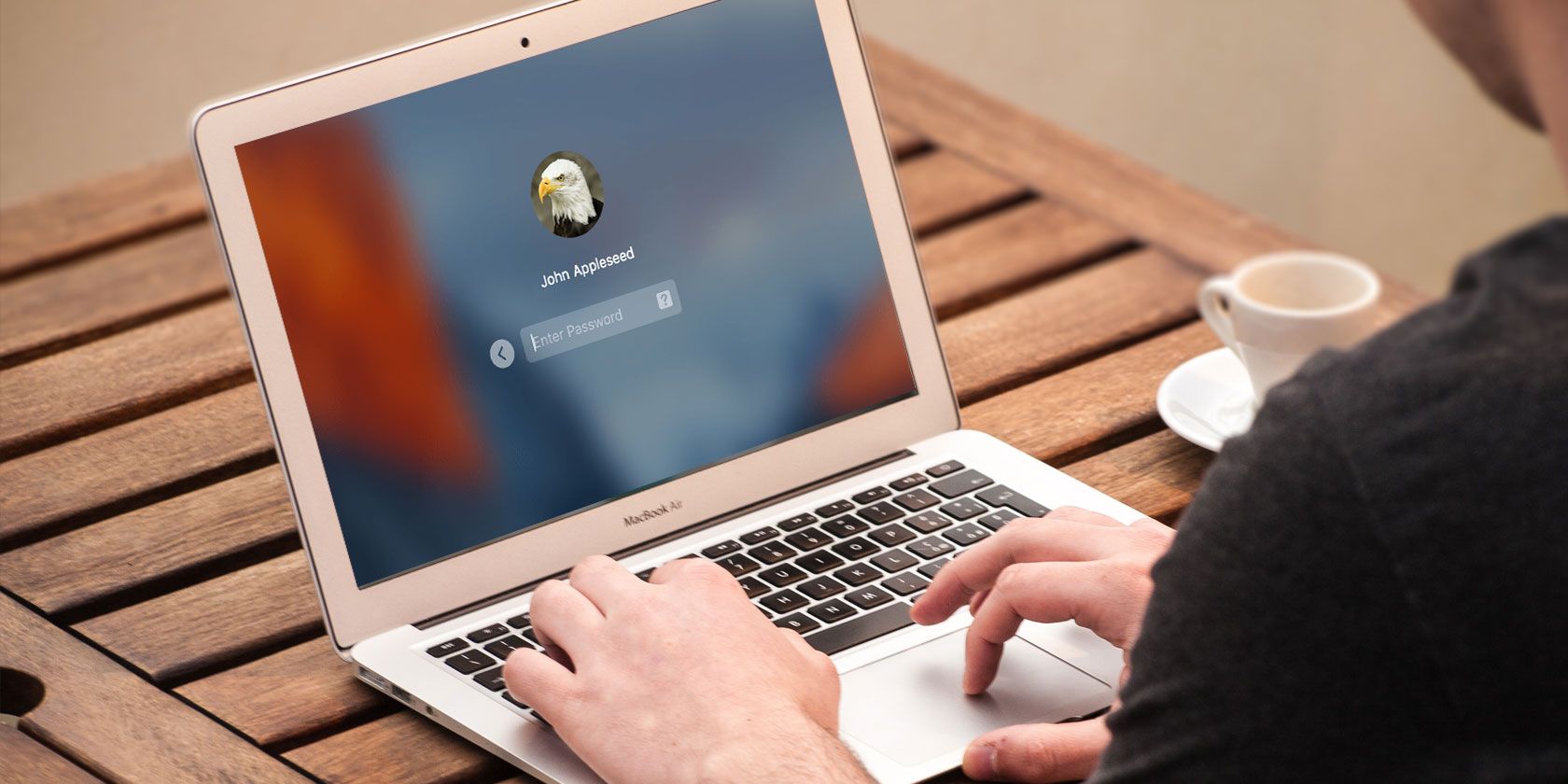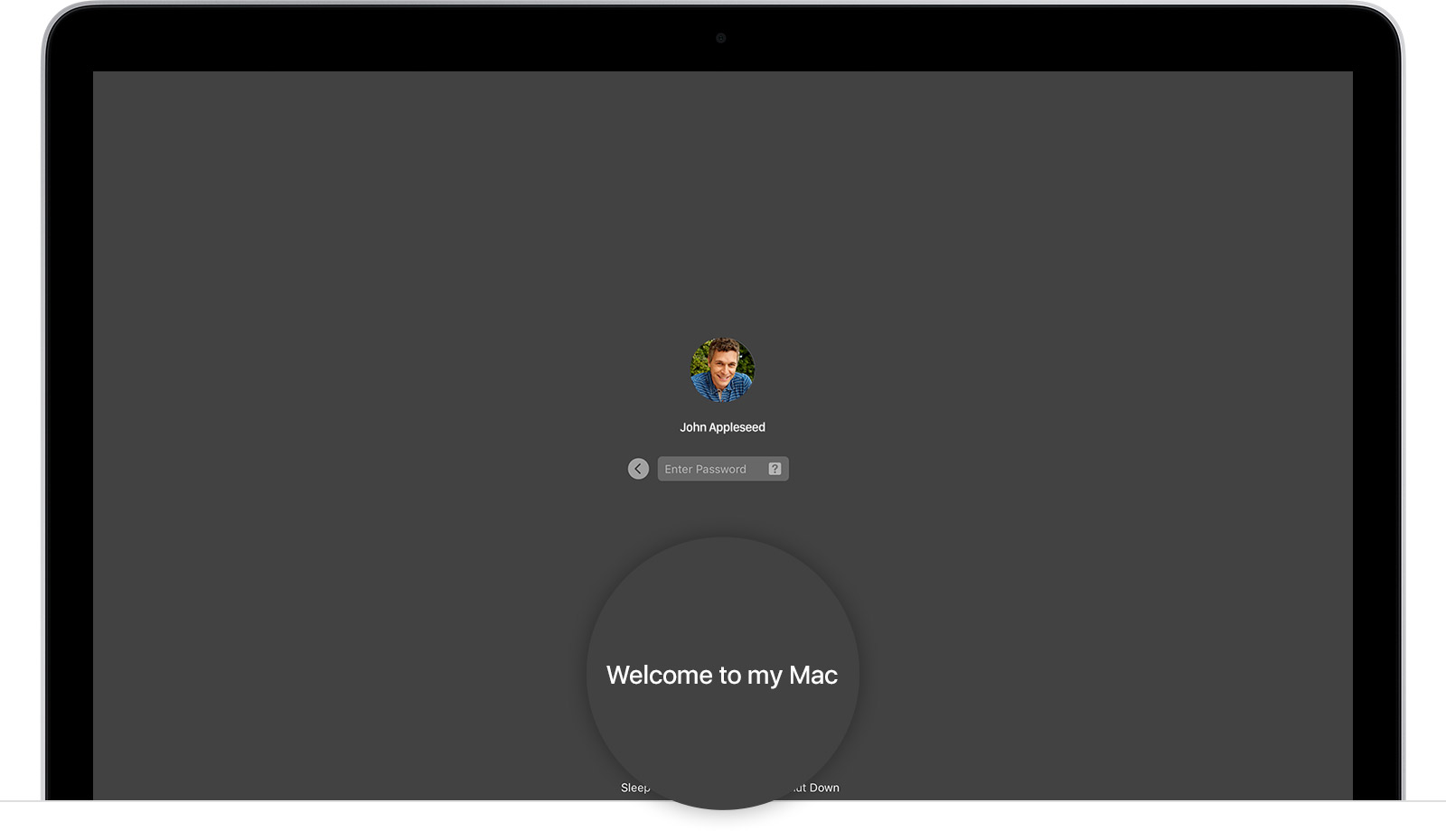

If you're concerned about security, choose Name and password since it requires you to know both the username and password. The former lets you pick your username and then enter your password, while the latter requires you to enter both. For more on this feature, check out our helpful FileVault guide.ĭisplay login window as: You can choose from List of users and Name and password. If you have FileVault turned on, automatic login is disabled by default. It's convenient if you're the only user of your Mac and always keep the computer in a safe location. Turn on automatic login and enter the user's account name and password to enable it. Describe your experiences here in the comments for all the rest of us to learn from.Automatic login: This feature lets you head directly to the desktop when you start your Mac, rather than having to enter your credentials first.That way, Apple gets crash data from your machine and can better analyze the problem. Make sure System Preferences > Security & Privacy > Privacy > Analytics is turned on.Try the Lock Screen approach I described above. If you’re having this lockup problem with a screensaver active: So High Sierra doesn’t seem to be the only culprit. In addition, two TMO staff members have told me that they have experienced this kind of lockup in Sierra on very late model MacBook Pros. I have just heard back today (October 16, 2017) from my Apple support contact who has confirmed that:Ĭomputers locking up is a known issue that is affecting many users who have upgraded to High Sierra.Īs such, research will continue and it will be addressed in a forthcoming operating system update.Ĭlearly, 10.13.1, released October 31 and 10.13.2, released December 6, have yet to address the issue. One user got a response from Apple support.
#CUSTOM LOGIN SCREEN FOR MAC OSX SIERRA PRO#
The problems I’m having with this 2013 Mac Pro are not restricted to me. This Apple forum discussion cites the same lockup problem on another user’s 2013 Mac Pro. Another TMO staff member reports similar success with that method. Since invoking that technique, I’ve had no more lockups. Instead, here’s what I do when stepping away: All the rest have been with the screensaver active. I’ve had just one lockup out of the blue. Mercifully, the High Sierra system comes up quick and clean with no boot spinner. The only fix is to use the power button, shut down, wait a minute, then restart.

All apps frozen in place and unresponsive.It did not.Ībout a week ago, that simple screensaver started locking up the High Sierra Mac as well after running for just a few hours. I mistakenly thought that the simpler, built-in screen saver would exempt me in High Sierra. I used that screensaver because, in Sierra, it appeared that the more stressing screensaver “Cosmos” would lock up my Mac Pro after about 6-12 hours. I had 20 days of continuous uptime-much of it with the default screensaver “Shell” kicked in.

“ Adventures With the macOS High Sierra Install.” Other than that, High Sierra looked very stable. High SierraĪfter installing High Sierra on the 2013 Mac Pro, there was an initial email glitch which I wrote about.

It solved a major graphics freeze issue that was not in the OS the Mac Pro shipped with, Mavericks, but was rampant in Yosemite and El Capitan. In my own experience, macOS Sierra was the most stable version of macOS for my 2013 Mac Pro.


 0 kommentar(er)
0 kommentar(er)
